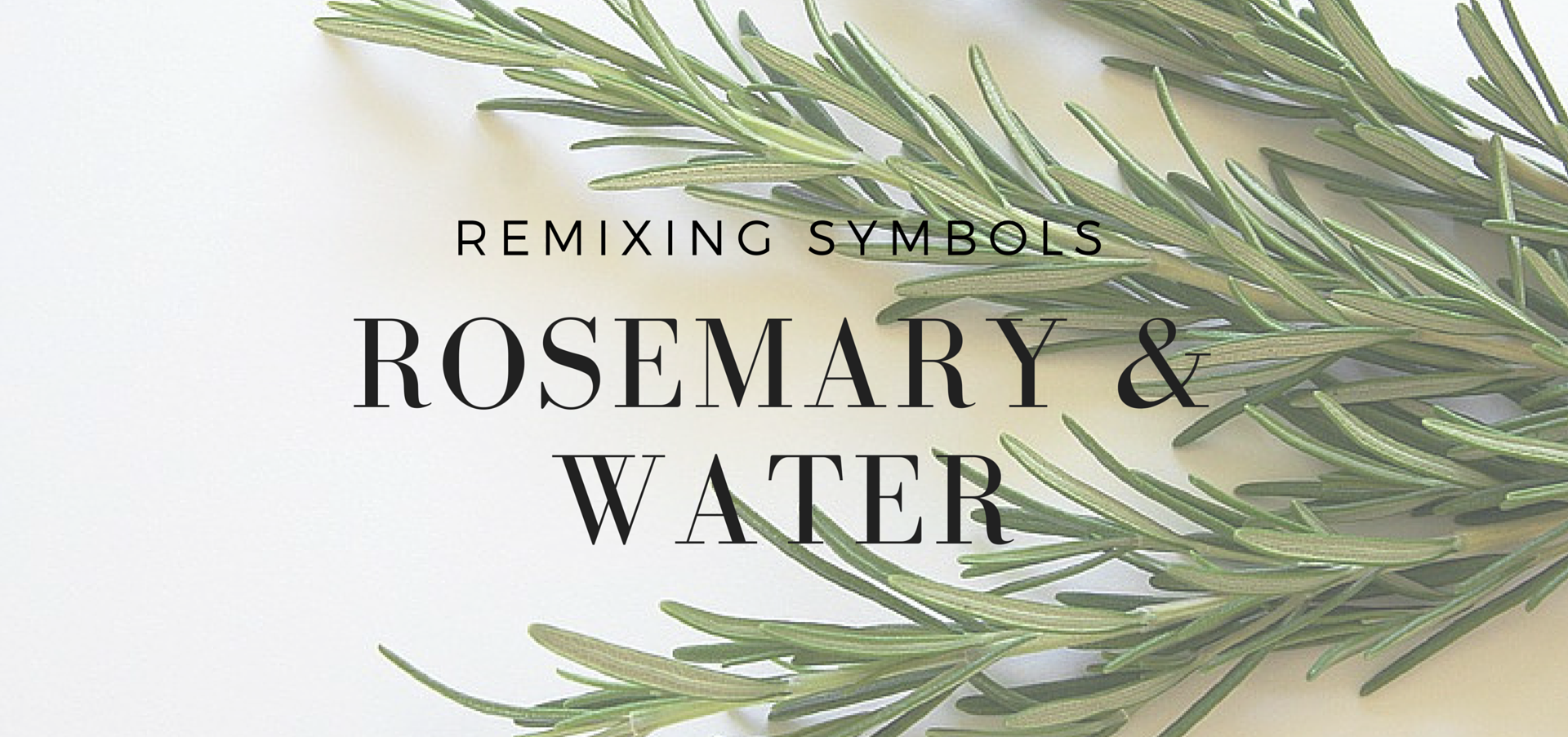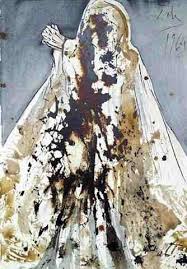In the Episcopal Church, there are certain days on which the priest takes branches cut from the church garden, dips them in holy water, and shakes the branches over the congregations’ heads. It’s a baptism symbol that holds a reminder of our baptisms, a reminder of our identity as the people of God, a reminder that we participate in death and resurrection.
Because my church is in Seattle, our garden holds a rosemary plant. Here, rosemary grows like a beloved native weed. The plant in our garden, bordering the parking lot, is always overgrown, so its branches are always the first to be cut when it’s time to remember our baptism.
Remembering our baptism carries a particular scent: equal parts incense and rosemary.
As a result of this, whenever I cook with rosemary, I find myself remembering my baptism.
My community hasn’t assigned any particular meaning-making to this happenstance connection between rosemary and baptism. If there is any intent in its use, it is to convey the connection between the church and our local place. Or, perhaps, a symbol of provision and abundance.
So I researched the meaning of rosemary — most plants have a symbolic connotation, even if we no longer live by what they once meant.
Rosemary is a symbol of remembrance for the dead. Mourners used to throw it into graves, the way we might today throw a rose onto the casket. (Roses, of course, are themselves symbols: red for love, yellow for friendship, white for youth.) In Shakespeare’s Hamlet, Ophelia says “There’s rosemary, that’s for remembrance.”
The branches dipped in holy water is one of those moments where symbols align and intermingle and remix without intention on behalf of the artist. I must believe that the Spirit is at work in such remixing.
Because what the practice does — without any need of human intention (though it does require attention) — is it connects death and resurrection. The priest takes rosemary — a symbol of grief, mourning, and death — and uses it as the means to sprinkle the assembly with baptismal water — a symbol of joy, new life, resurrection.
Using rosemary to sprinkle holy water on the congregation connects the remembrance of my baptism more solidly to the remembrance that, in some way, the person I used to be has died.
I remember her. Remember who she was, how she behaved, how it felt to be her. Sometimes, I even miss her. I miss the height and depth at which she experienced emotion, the high degree of passion in her relationships, her quit wit and cutting tongue. She moved through life with little discernment, often finding whichever option meant less pain (bruises were so much easier to tolerate than loneliness). In many ways, it was easier and more fun to be her. Rosemary, that’s for remembrance.
And that memory, the memory of who she was and what my life as her was like, makes the droplets of cool water that much more powerful. The water connects me with my baptismal identity, my post-baptism reality. The water reminds me that I not only died but rose again with Christ.
The impact of remembering that new identity is much more powerful when remembered in contrast to what died.
As I’ve grown in my baptismal identity, I’ve gained a capacity to understand my emotions and care for myself in ways that are less destructive. I’ve developed stable and loving relationships that I can actually experience as loving. I’ve learned to tolerate pain in the present because of my hope for the future.
And then I reclaim my baptismal identity. It may have been easier and more fun to be the person I used to be. But the person I’ve become is more loving, more joyful, more compassionate.
And I think I’d rather be as someone who loves joyfully than as someone who has fun.
If you liked this post, sign up so you never miss another! New posts are compiled into a weekly email so they’re right in your inbox, but not overwhelmingly so.



